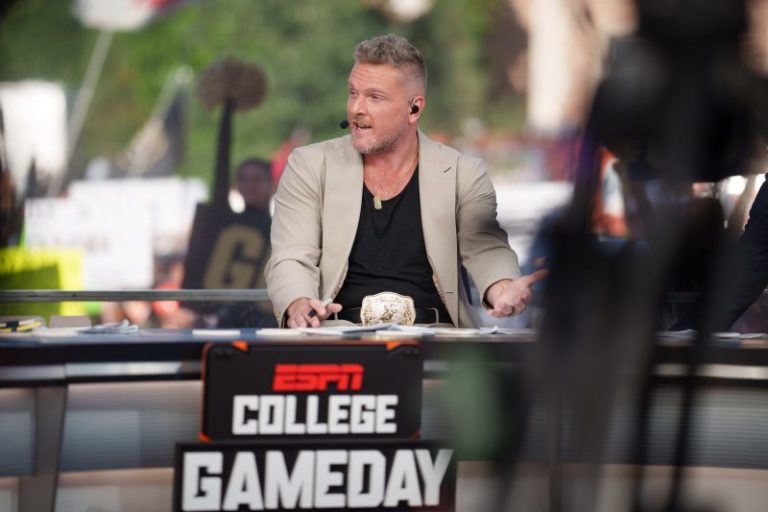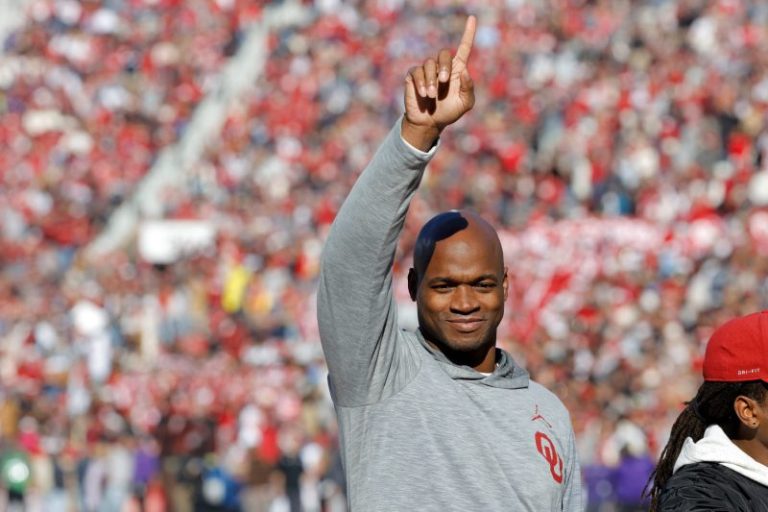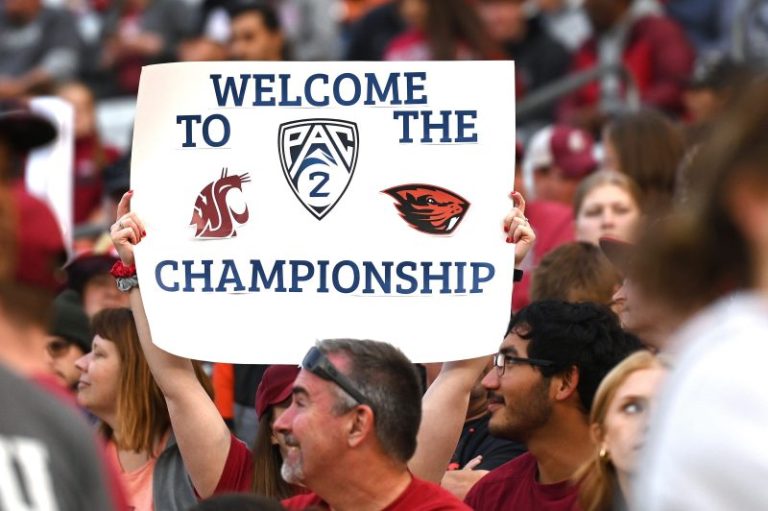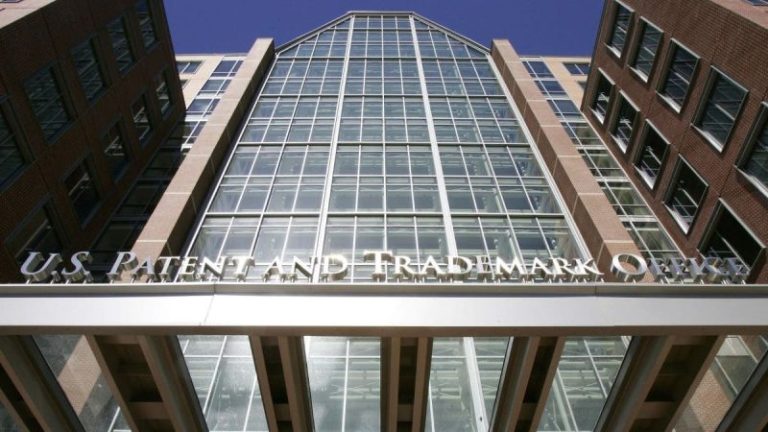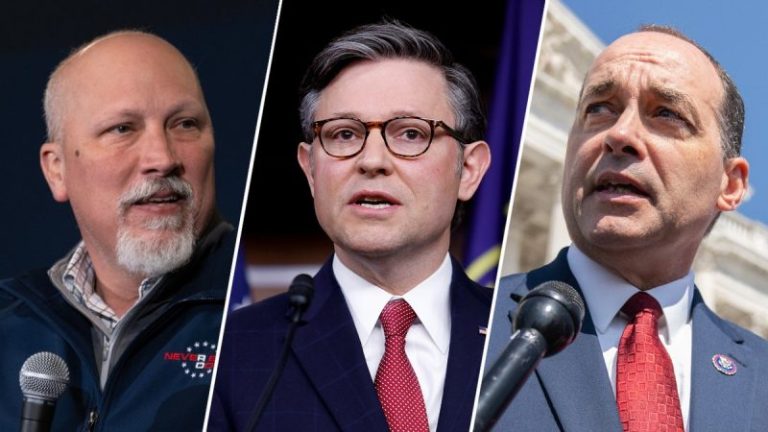Former Minnesota Vikings running back Adrian Peterson vowed to take legal action last week after learning that many of his NFL trophies were up for sale at an online auction in Texas.
That same auction was set to close Thursday evening, with bids on some of his trophies topping $10,000, including his trophy for being named NFL MVP in 2012.
But just hours before closing, that auction has been postponed indefinitely. Bidding on hundreds of Peterson items has been suspended until further notice, including bids on his trophies, game balls, shoes, jerseys, jackets and neckties.
“It has been taken down temporarily,” said David Runte, the auctioneer at Texmax Auctions of Houston. “I’m not allowed to discuss it, but it’s a legal matter.”
Runte said all bids are in still in place.
NFL STATS CENTRAL: The latest NFL scores, schedules, odds, stats and more.
“Once we get the go-ahead from the authorities, we will relaunch the auction for probably a week,” Runte told USA TODAY Sports on Thursday.
Peterson’s representatives didn’t return messages seeking comment. It’s not clear who took the items from Peterson and sold them at the auction. Peterson, 38, indicated they came out of his storage units, which is also where a court-appointed receiver has been trying to chase down and seize Peterson’s assets, according to court records in Houston. That receiver, Robert Berleth, was appointed by a court in Houston to collect on the massive debt Peterson still owed even after earning more than $100 million during his 15 seasons in the NFL.
Why is a debt collector going after Adrian Peterson?
The court-appointed receiver did not return messages seeking comment about whether the items up for auction were legally seized as part of that debt collection. Runte said he couldn’t say who the seller was in the Peterson auction.
But bidding on hundreds of Peterson items continued for more than a week after Peterson said on social media that he didn’t authorize the sale of his “hard-earned” trophies and that he “wouldn’t go online and sell my personal items randomly.”
Meanwhile, the same receiver has accused Peterson of playing a shell game with his assets to avoid paying what he owes. Berleth is trying to collect on behalf of a Pennsylvania lending company that loaned Peterson $5.2 million in 2016 but wasn’t paid back. That company, DeAngelo Vehicle Sales (DVS), won a $8.3 million judgment in court against Peterson including interest in 2021. The company since has been trying to seize his property to get what it is owed, which now includes 9% in post-judgment interest.
Peterson facing property seizures
Last August, Berleth even filed a lawsuit against Peterson and his wife that said he learned in July that Peterson was attempting to auction property that was held in multiple storage units. Berleth then tried to seize that property but was informed by an employee at the storage facility that the units previously had been listed under Adrian Peterson’s name but had been transferred to the name of Peterson’s wife, Ashley.
“The transfer of storage units from Adrian Peterson to Ashley Peterson was an attempt to hinder, defraud and delay the receiver and the court,” the lawsuit stated.
Berleth also accused the Peterson’s of using “alter ego” companies to conceal their assets.
“The defendants have sought to conspire and conceal certain transactions and conveyances for the purpose of delaying and hindering the collection efforts of the judgment debtor,” said Berleth’s lawsuit, filed in Houston, near where Peterson lives.
Berleth’s lawsuit wants the court to enter a judgment against Peterson, his wife and their companies so that he can recover from them ‘jointly and severally.’
Adrian Peterson’s history of loan trouble
Peterson addressed his financial state last week, when he said an “estate sale company” included his trophies in a sale without his authorization. He said the company was allowed to go into his storage units with clear instructions.
“I want to emphasize that I’m financially stable and would never sell off my hard-earned trophies,” Peterson said last week on social media. “And if I was gonna sell ’em, I know people that I could sell them to. I wouldn’t go online and sell my personal items randomly.’
Records still show he has had a history of trouble paying back short-term loans. Last week, Berleth also filed a motion to keep his lawsuit active after unsuccessful attempts to serve notice on all the defendants – a motion the court granted on Thursday.
Peterson took out the loan from DVS in 2016 and promised to pay it back with interest in March 2017, five months later. According to the loan agreement, he planned to use most of the money to pay back other loans. But Peterson was coming off a knee injury in 2016, and the Vikings declined to pick up the $18 million option on his contract in early 2017, which made Peterson a free agent. Peterson’s earnings fell dramatically after that, never exceeding $3.5 million a year. He hasn’t played in the NFL since 2021.
Meanwhile, the court-appointed receiver seized a 2007 BMW at Peterson’s residence in 2022, as well as a Yamaha piano.
Short-term loan issues
In May 2016, Peterson took out a $2.4 million loan with Crown Bank and was supposed to pay it all back by the following December, according to court records. Then in October 2016, Peterson got his $5.2 million loan from DVS, part of which he planned to use to pay back Crown Bank. Peterson still defaulted on the Crown Bank loan, leading the bank to sue him in Minnesota for the $603,000 he still owed. That judgment was later satisfied, according to court records filed in 2019.
In May 2018, Peterson asked a man he knew for a $100,000 loan that was to be paid back a few months later with $25,000 in interest, according to court records filed on behalf of Peterson in 2019. Peterson agreed to provide two cars and a Rolex watch as collateral, including a Bentley valued at $250,000. After Peterson failed to pay back the loan on time, the man kept the collateral and sold the Bentley to someone else for $100,000, according to court records.
In May 2019, Peterson sued the man who lent him the $100,000, saying the man later refused repayment on the loan and instead kept collateral that was worth $400,000. Berleth, the receiver in the DVS case, then stepped into the latter loan collateral case to serve notice of his rights to Peterson’s non-exempt property.
Follow reporter Brent Schrotenboer @Schrotenboer. Email: bschrotenb@usatoday.com
This post appeared first on USA TODAY


